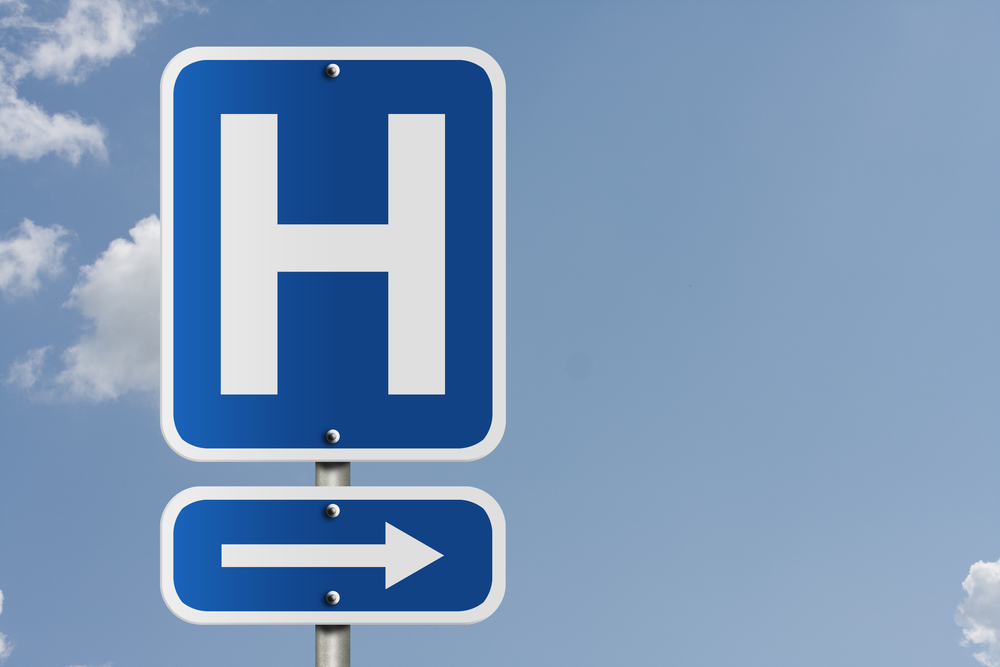On August 11, 2020, the Centers for Medicare & Medicaid Services (CMS) Innovation Center announced the new Community Health Access and Rural Transformation (CHART) Model as part of the President’s recent executive order. The Model is an incredible accomplishment for patients and healthcare providers in rural areas that face social determinants of health (SDOH) challenges, like public transportation options, limited services and facilities, and the latest innovations to procedures. In terms of healthcare personnel, rural areas also experience disparity in staffing shortages. The Model will feature two options for provider participation: the Community Transformation Track and the Accountable Care Organization (ACO) Transformation Track. According to the official CMS fact sheet, the tracks “will test whether upfront investments, capitated payments, and regulatory flexibilities will enable rural health care providers to improve access to high quality care while reducing health care costs.”
The CHART Model will offer waivers that:
- Remove some of the regulatory barriers that rural healthcare providers face to promote flexibility
- Expand the millions of Medicare patients’ access to high-quality care in rural settings
- Offer new reimbursement opportunities that will encourage financial vibrancy
Community Transformation Track Highlights
According to their official press release, CMS announced that the Trump Administration would invest $75 million in 15 rural healthcare organizations that elect to participate in the Community Transformation Track. The selected systems are called Lead Organizations that are determined eligible by the Federal Office of Rural Health Policy’s list of eligible counties and census tracts. For consideration, a Lead Organization must be a single rural community comprised of either “a single county or census tract or a set of contiguous or non-contiguous counties or census tracts.”
To qualify as a lead organization, a rural community is required to be an acute care hospital, a critical access hospital, or a special rural designation hospital that must sign an official agreement with CMS and follow the outlined plan. A CMS Advisory Council will be there to aid a Lead Organization. There must be a partnership with a state Medicaid agency to confirm alignment with the explicit capitated payment. In addition to the upfront funding to solidify a stable foundation for the initiative, it is the operational and regulatory flexibilities that hold the most promise for Lead Organizations. Among other benefits, providers in rural health organizations can utilize:
- The Skilled Nursing Facility (SNF) three-day waiver
- The telehealth expansion measures, post-pandemic
- Post-discharge home visits
- Care management home visits
- The CAH 96 Hour Rule
- The Medicare waiver that allows rural outpatient facilities to be reimbursed as if they were a hospital
ACO Transformation Track Highlights
The ACO Transformation Track allows for 20 rural ACO participants enrolled in Medicare Shared Savings Programs (MSSPs). If selected, a rural ACO will receive advanced payments to help begin their CHART-based initiatives to offer a higher quality of care for their patients currently facing disparities in rural regions of the United States.
To apply, a rural ACO must qualify as such by the same Federal Office of Rural Health Policy’s rules for Lead Organizations in the Community Transformation Track. Selected ACOs will agree to participate in both the CHART Model and Shared Savings Program with CMS. Providers and suppliers within the ACO must remain in the approved rural region until the end of the contract.
Rural ACOs that elect to participate agree to take on two-sided risk agreements with all MSSP waivers at their disposal, including the benefit enhancements of the Skilled Nursing Facility (SNF) three-day waiver and the telehealth expansions post-pandemic. A selected ACO will receive an upfront payment of at least $200,000, plus $36 per beneficiary to participate in the 5-year MSSP agreement. They can receive at minimum an $8 prospective per beneficiary per month (PBPM) payment for two years, and based on the ACO’s selected level of risk, they will be limited to a maximum of 10,000 total beneficiaries.
An Advisor’s Takeaways
As an advisor, I am optimistic and excited to see that CMS has committed to setting aside money for rural populations that are all too often not prioritized. Rural communities tend to have higher rates of poverty, higher rates of uninsurance or underinsurance, greater transportation difficulties in getting to a hospital or doctor’s office, and lack access to high-speed internet, which limits access to information. The Community Transformation Track and ACO Transformation Track organizations selected will demonstrate CMS’s commitment to level the playing field and recognize the needs of rural health providers. Going the extra mile with offering incentives to waive transportation expenses and other SDOH complications offers hope for rural community awareness in the future.

Maha Salah-Ud-Din is Lightbeam’s Director of Advisory Services.
